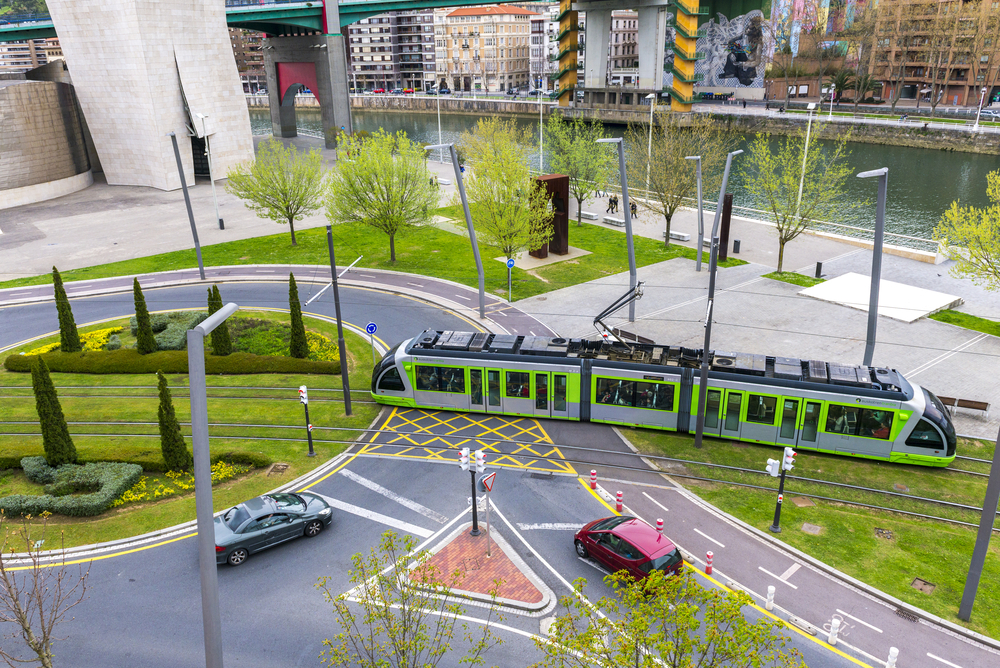Today there is too much imbalance between urban mobility and safety policies, with mobility and efficient travelling dominating the mind of the citizens and subsequently the choices of the politicians, even if everybody agrees and talks about safety as a theoretical priority. This imbalance in favour of mobility is also reflected at the effort put by the Authorities and the industry. The question is how can we address this imbalance?
Firstly, the fundamental and often conflicting choice between mobility and safety is speed. Merging Mobility and Safety policies requires the right mix of managing speeds for the different road user categories but also in the different types of roads and areas. The introduction of city-wide speed limits of 30km/h (except main axes) for al road users is a great first example. The role of policy makers is critical not only for developing road infrastructure accommodating the right speeds but also in guiding and convincing (including enforcement) the road users for this right mix of speeds.
Secondly, mobility and safety policies can both benefit greatly from the promotion of public transport and active travelling (walking and cycling). Public transport is found being up to ten times safer than passenger car traffic. In addition, walking and cycling when massive, is also proved much safer, according to the concept of safety in numbers: the more active travellers in the streets, the higher the safety. The development of the safe speed culture needs systematic effort by both the Authorities and the citizens.
Furthermore, in a better-balanced mobility and safety policy, we should stop promising and promoting both speed and safety. It is impossible to be fast and safe, unless we use efficient Public Transport, as suggested in a recent study. The new paradigm for safe city streets suggested by POLIS, putting Public Transport first not only for sustainable mobility purposes but also for its significant safety benefits, is a great step towards this direction. However, broader alliances are needed, with Public Transport Authorities, EMTA and UITP as front runners.
It is time that we should start talking not only about the environmental footprint of travellers but also about the safety footprint of travellers, vehicles and infrastructure. The same applies to the need for safety footprint of Authorities’ decisions, the so-called safety impact assessment studies, which should systematically enhance mobility decisions with the traffic safety dimension.
Contribution at the 30th POLIS Conference, Brussels, November 2019


Hi Yannis,
Your way of thinking is very good!
I think, in order to understand the source of road safety issues, it is necessary to add data on user attitudes that are relevant to traffic safety, in addition to exposure data, traffic accidents and traffic safety indicators.
Namely, it all starts in the minds, from knowledge, attitudes, habits and culture.
Best regards and good luck!